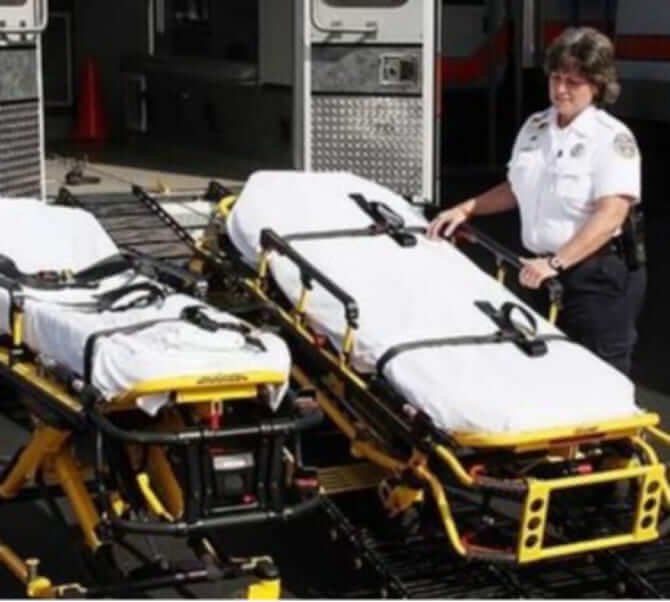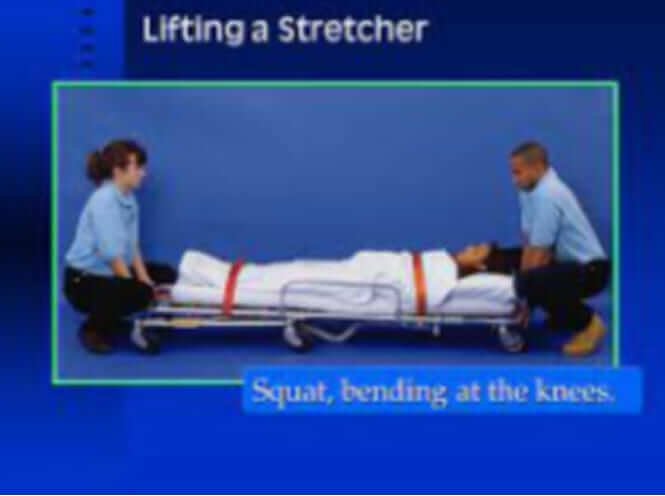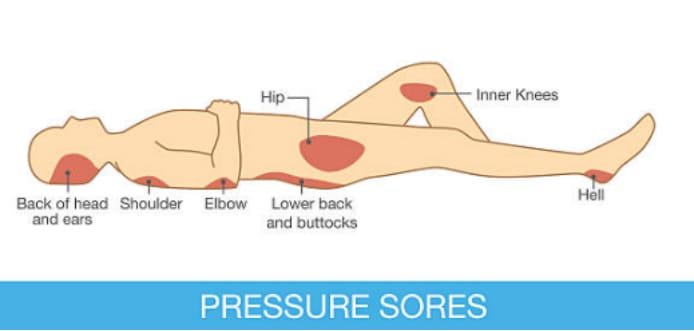Handling and moving a patient is a complicated affair. The risks involved increase when you’re transporting a heavy person. As we shall discuss shortly, you’ll have to do more to avoid injuring yourself and worsening the patient’s condition.
Moving a heavy person comes with unique challenges that need exceptional solutions. Before the processes, make the necessary preparations for equipment, skills, and personnel. You must assume the proper body mechanics. Also, make sure you have full control of the stretcher or moving equipment.
Keep this in mind when moving a heavy person:
- Focus on preparations and precautions
- Prioritize your safety and theirs
Now, let’s dig deeper into how you can move a heavy person.
Table of Contents
Toggle1 – Focus On Preparations And Precautions
Proper preparation and precautions make moving a heavy person much easier. They also reduce injury incidences. Hence, you could never stress the importance of appropriate preparations.
Preparation involves:
- Ensuring you have enough personnel
- Ensuring you have enough equipment
- Scene assessment
Ensure You Have Enough Personnel
Before moving a heavy person, ensure you have enough people to support their weight. Once you begin moving, it may be too late to call the dispatcher for extra personnel. So, ensure you have sufficient people during the preparation stage.
A heavy person is generally one who weighs more than 300 pounds. Some bariatric patients may weigh 700 pounds or even more. Regardless of the patient’s weight, don’t panic. Act compassionately and empathize with them as they deserve.
It’s not always guaranteed that enough of you will respond to an emergency. The dispatcher may not know the person’s weight, especially if it’s the first time they’re calling 911.
Never attempt to move a heavy person if you’re unsure that you have enough people to move them. Even though the heavy person deserves timely medical care, focus on safety.
Ensure you’re at least four paramedics before attempting to move the heavy person. If the person is more than 300 pounds, four paramedics won’t be enough, so you’ll have to call for more.
The general rule is that you’ll need four paramedics for every 300 pounds. Call for a supplementary EMS professional for every 50 to 100 extra pounds. The additional personnel will help with safe movement and lifting.
You’ll need a safety officer to oversee the entire operation. The officer will also coordinate your movements with the incident command.
Ensure You Have The Right Equipment
Ensure you have enough tools and equipment to lift and move the heavy person. Depending on the size of the person, you may need the following:
- A bariatric stretcher since the standard option may not effectively handle their weight. Always read the manufacturer’s instructions. You can notice from the image below that a bariatric stretcher is wider than the standard stretcher.

Alt: bariatric stretcher
- Lifting skeds and sheets. These are necessary if the bariatric patient is lying on the ground and can’t move. You’ll use them to roll the patient sideways to place the stretcher beneath them.
- A lifting belt. A lifting belt may be necessary for patients who’re too heavy to be lifted by hand.
- One or two large gowns. The gown will ensure that the patient is well covered.
- Larger medical equipment. In particular, you’ll need oversized pressure cuffs when performing the initial assessment. The cuff should be large enough to maintain closure.
Scene Assessment
Preparations must involve assessing the surrounding. You may have to remove the door or even carry the patent through the window if the door space is too small.
A thorough assessment of the surroundings will allow you to know what possible challenges to expect. You’ll also be able to generate solutions forehand.
2 – Prioritize The Patient’s Safety And Yours
Safety is critical in all emergencies.
It’s even more challenging to guarantee safety when moving a heavy person. A small error could cause significant injuries to you or even worsen the patient’s injuries.
Maintain safety by ensuring you assume the correct posture. Stabilize your patient during the entire moving process.
Mind Your Safety While Moving The Patient
Having the right equipment and personnel will help enhance safety by minimizing the chances of an accident occurring. However, ensure your safety by maintaining the correct posture during the lifting and moving processes.
The proper body mechanics when lifting a heavy person involves the following:
- Locating a firm support base. When you have a solid base to support your weight, you’ll have a good balance and reduced chances of slipping as you move the patient.
- Proper body alignment. You must align your body so you don’t generate contortions or twists from your trunk and neck regions. Proper alignment will help you use your strength when lifting the patient. It will help you to cut musculoskeletal strains.
- The right lifting basics. As noted above, generate your lifting power from your hand and leg muscles. Improper posture could cause you to use your back muscles, causing strains and pain. You can protect your back by slightly bending your knees and maintaining a squat position. Minimize the stress on your arms by standing close to the patient throughout the entire process.
The picture below illustrates the proper lifting posture:

Alt: illustration on lifting and moving a patient
Stabilize Your Patient
A heavy person’s weight may not always be uniformly distributed. That explains why heavy people are more prone to pressure sores in the regions shown in the image below:

Alt: illustration of regions prone to pressure sores
You must examine their posture to ensure you don’t cause more harm while moving. In most cases, you’ll need packaging material to stabilize the patient’s spine so the weight doesn’t strain this region during movement.
Use backboards to support the extra parts, so they don’t hang over the stretcher and strain the patent’s back. You could also use back pillows to provide additional support.
Conclusion
Moving a heavy person introduces more challenges regarding personnel and equipment. You’ll have to be at least four to carry a bariatric person to minimize injuries to both parties. Ensure you have the right equipment to support the patient’s weight without straining. Also, maintaining the correct posture will minimize the chances of injuries during the process.
Frequently Asked Questions
Who is a bariatric patient?
A bariatric person is one who weighs 300 pounds or more. Some patients can be as heavy as 700 pounds.
Are there stretchers for heavy people?
Yes. Bariatric stretchers help paramedics carry heavy people. These stretchers can support the extra weight and are usually more expansive than standard stretchers. Always confirm the maximum weight from the manufacturer’s manual.
What is the most challenging part of moving a heavy patient?
It’s the lifting process. Lifting a bariatric patient to a stretcher or bed poses many challenges. You must adopt the correct posture to avoid injuring your back. Ensure you have enough personnel to lift the patient without harming them.



